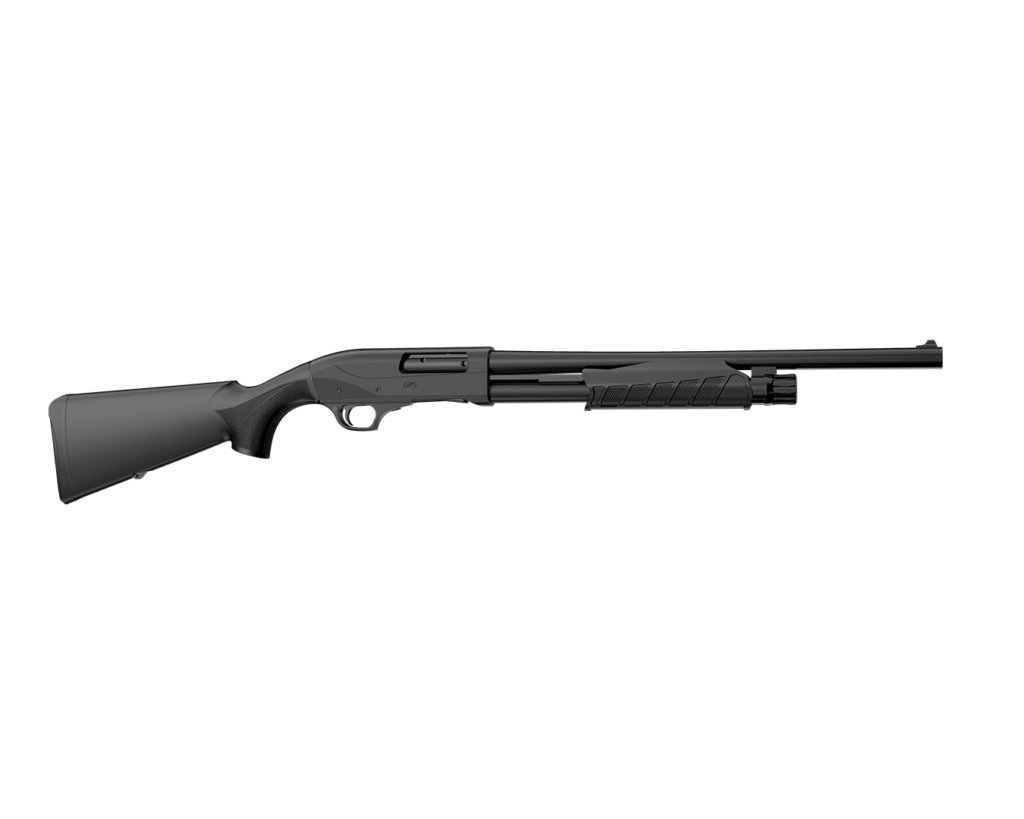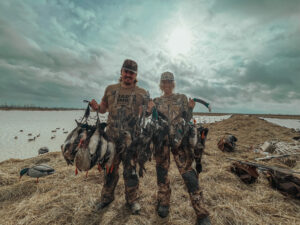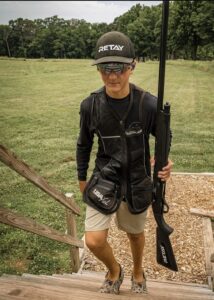

Regarding outdoor adventures, Alaska’s wilderness is an unparalleled setting that draws in countless fishing enthusiasts every year. Home to some of the most robust fish populations, it is a haven for anglers. However, the thrill of this wilderness also brings with it an element of risk – the resident population of both grizzly and black bears. As a preventive measure and a means of protection, many consider carrying a pump-action shotgun.
The Threat of Bears in Alaska
Alaska’s bear population is estimated to be over 30,000. These creatures, while majestic, pose a significant threat to humans when surprised or provoked. Incidents are infrequent, but the risk persists, making bear safety an essential topic for anyone intending to spend time in Alaska’s great outdoors.

Among the many bear deterrents, the pump-action shotgun is a popular choice due to its reliability, stopping power, and ease of use. Their mechanical simplicity equates to reliability in extreme conditions, which are not uncommon in the Alaskan wilderness.
Pump-action shotguns deliver high kinetic energy, making them capable of stopping a charging bear if the situation arises. Slugs, in particular, are recommended for their large mass and energy, attributes that make them more likely to stop a bear than buckshot.

Ease of use is another significant benefit. The pump-action mechanism is straightforward and intuitive, even for those not deeply familiar with firearms. The mechanism also lends itself to less jamming, a crucial factor when a delayed shot could mean the difference between life and death.
Training and Preparedness
Despite its benefits, a shotgun should never be considered an automatic solution for bear encounters. First and foremost, prevention and avoidance should be your primary strategies when in bear country. Understanding bear behavior, making noise to avoid surprising a bear, proper storage of food and fish, and carrying bear spray are all essential tactics that reduce the likelihood of an encounter turning aggressive.
Should the worst occur, the ability to use your shotgun effectively under stress is crucial. Regular practice is vital, not only to become a competent marksman but also to ensure that the process of loading, aiming, and firing becomes second nature. If you’re fishing and a bear appears, every second will count.
Legality and Ethics
Before you head off into the wilderness with your pump-action, make sure you understand the legalities. It’s legal to carry firearms for self-defense in Alaska’s national parks and refuges, but there are restrictions and conditions that vary by location. Always confirm the current rules with park authorities.
Moreover, ethics should guide your behavior. Remember, you’re a visitor in the bears’ habitat. Shooting a bear should always be the last resort, only to be considered when your life is in immediate danger. If a bear is killed, it must be reported to the Alaska Department of Fish and Game within 24 hours.
Shotgun Selection
When selecting a shotgun, durability, capacity, and comfort should be considered. A 12-gauge shotgun is often recommended for bear defense due to its stopping power. The Retay GPS is a diamond in the rough. This gun should be at the top of the list of choices due to its proven reliability and affordability. The GPS sports a shorter barrel for ease of carrying and maneuverability.

Lastly, always carry your shotgun in a readily accessible location, across your chest or a slung over your shoulder. Time is of the essence when a bear charges, and the few seconds it takes to remove your shotgun from a case could be the difference between a close call and a tragedy.
Conclusion
While the prospect of encountering a bear can seem daunting, remember that thousands of people safely enjoy Alaska’s wilderness each year. With the right precautions, knowledge, equipment, and respect for these magnificent animals, fishing in Alaska can be a thrilling and rewarding experience. A pump-action shotgun can be a reliable tool for protection, but it’s no substitute for prevention and preparedness.





